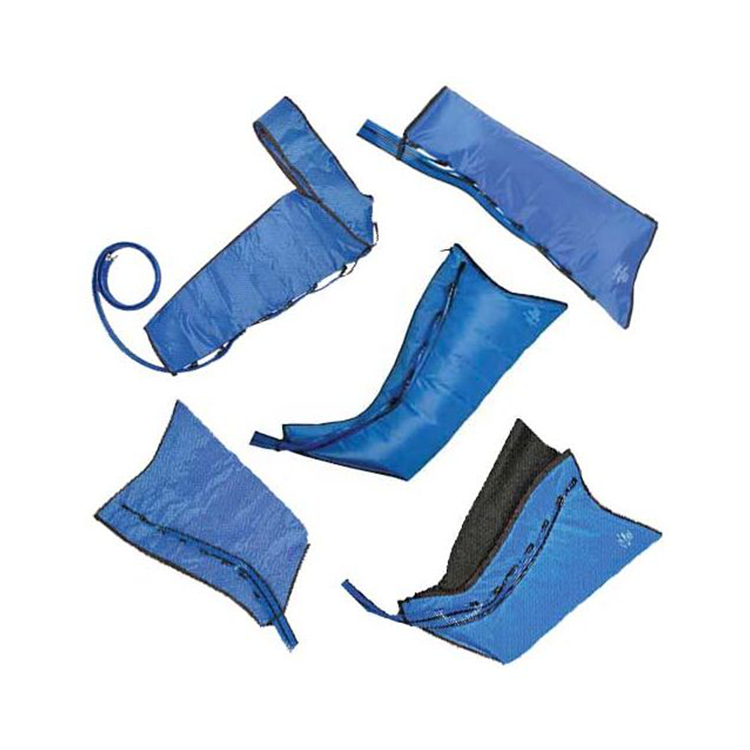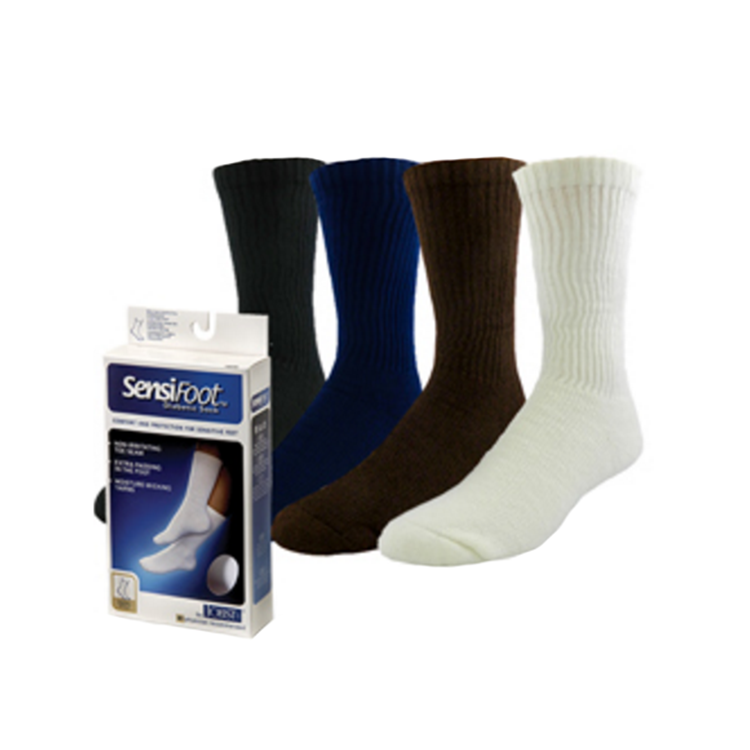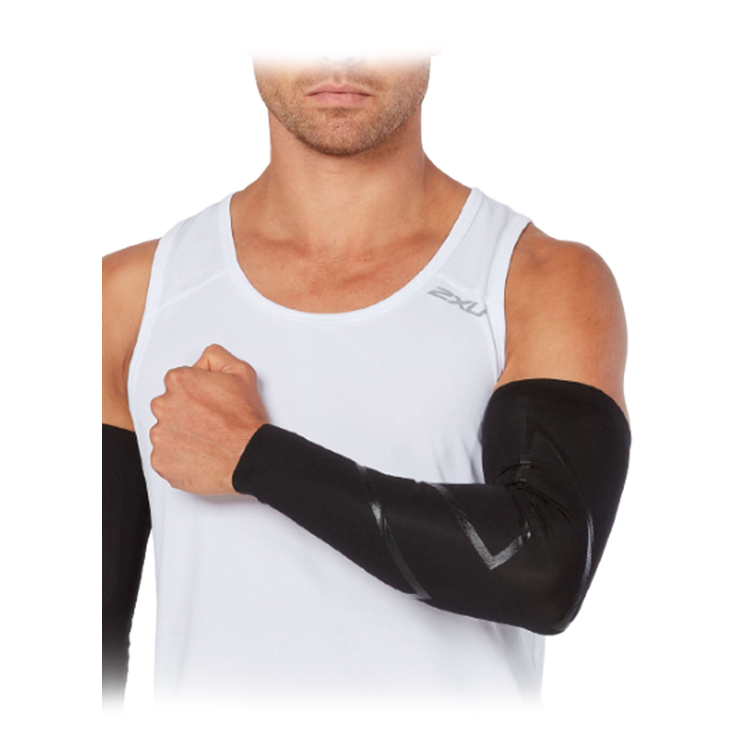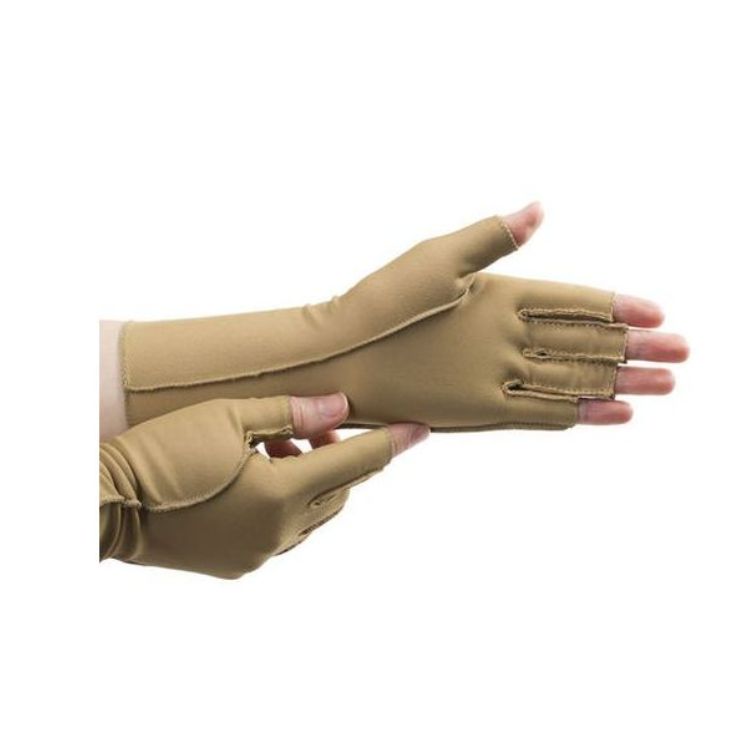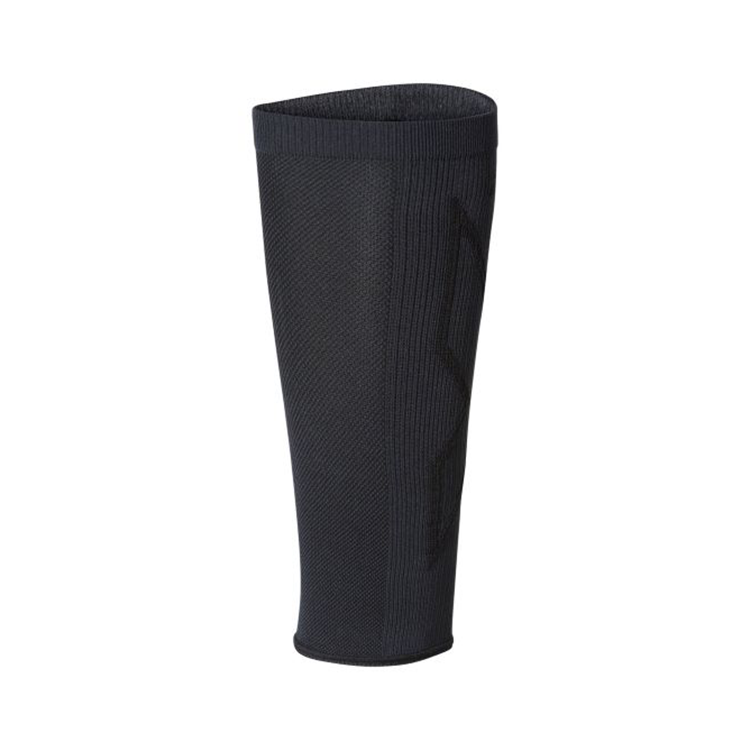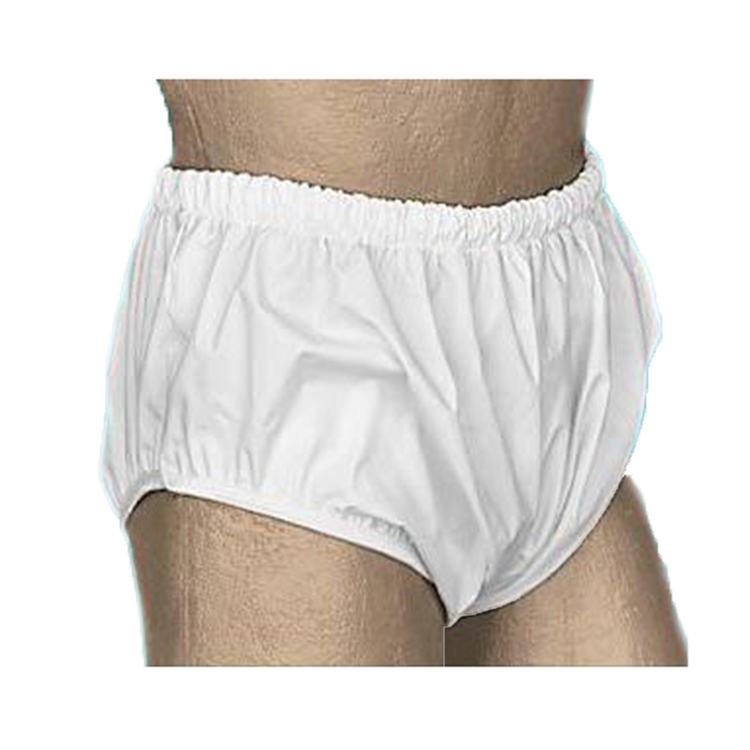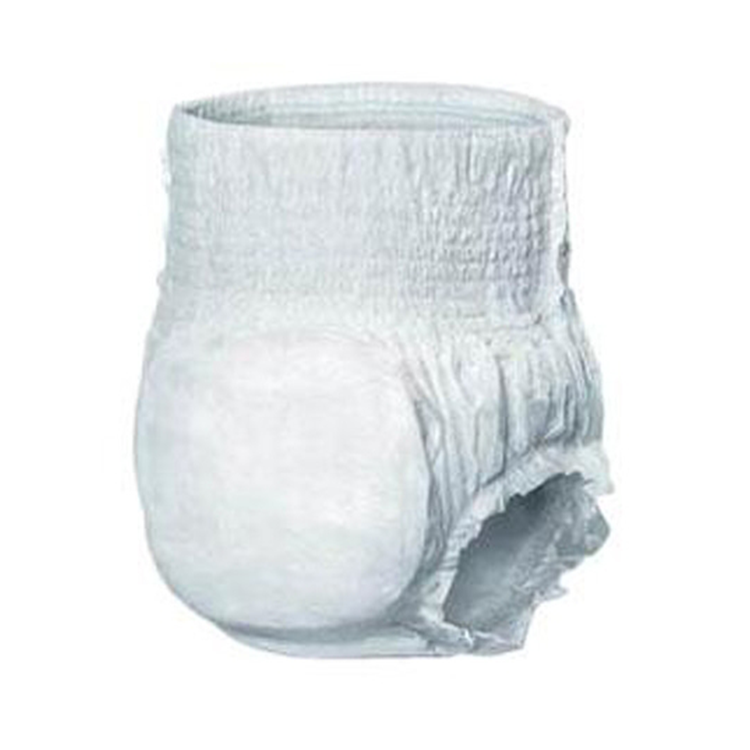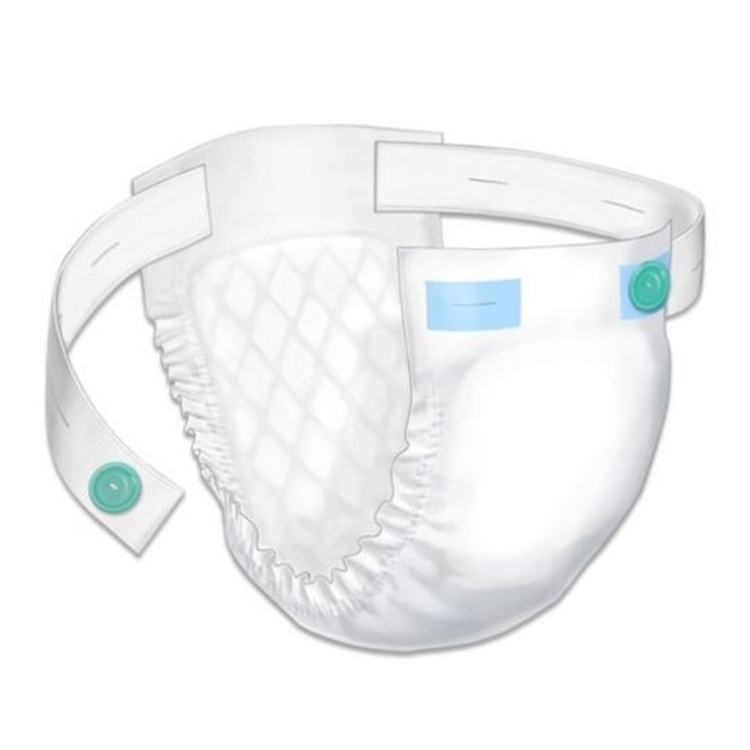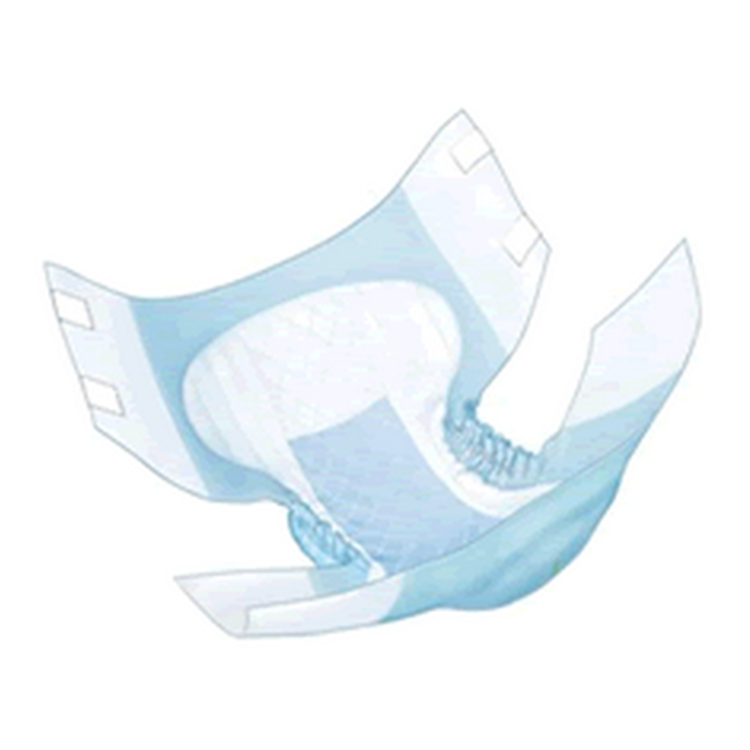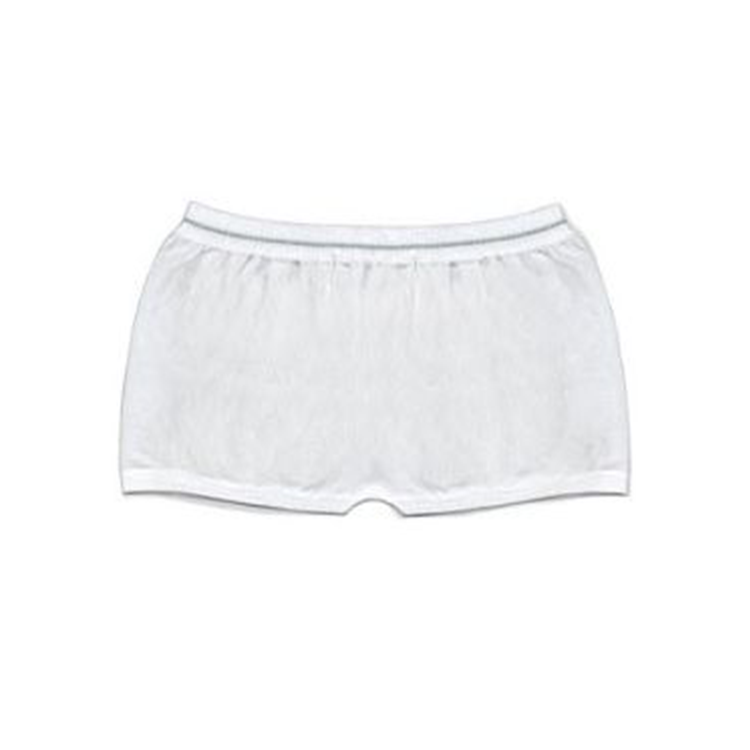What is Compression Therapy?
Compression therapy is a type of treatment that uses pressure to reduce swelling and improve circulation. It is often used to treat lymphedema, a condition in which the lymphatic system is unable to adequately drain fluid from the body. Compression therapy can also be used to treat other conditions such as varicose veins, venous insufficiency, and deep vein thrombosis. Compression therapy is typically done using compression garments, such as stockings, sleeves, and wraps.
Benefits of Compression Therapy
Compression therapy can provide a number of benefits, including improved circulation, reduced swelling, and improved mobility. It can also help to reduce pain and discomfort associated with certain conditions. Compression therapy can also help to reduce the risk of developing complications such as infection and skin breakdown.
Types of Compression Therapy
There are several types of compression therapy available, including manual lymphatic drainage, intermittent pneumatic compression, and gradient compression. Manual lymphatic drainage is a type of massage that helps to move lymph fluid through the body. Intermittent pneumatic compression uses a machine to apply pressure to the affected area. Gradient compression uses different levels of pressure to help move fluid away from the affected area.
Risks of Compression Therapy
Compression therapy is generally safe, but there are some risks associated with it. These include skin irritation, infection, and nerve damage. It is important to follow the instructions of your doctor or therapist when using compression therapy to reduce the risk of complications.
Frequently Asked Questions (FAQ's)
Q: What is Compression Therapy?
A: Compression Therapy is a type of physical therapy that uses pressure to reduce swelling and improve circulation. It is often used to treat lymphedema, a condition in which the lymphatic system is unable to adequately drain fluid from the body. Compression Therapy can also be used to treat other conditions such as varicose veins, venous insufficiency, and chronic venous ulcers.
Q: What are the benefits of Compression Therapy?
A: Compression Therapy can help reduce swelling, improve circulation, and reduce pain. It can also help to reduce the risk of infection and improve healing time. Additionally, Compression Therapy can help to reduce the risk of developing lymphedema.
Q: How is Compression Therapy administered?
A: Compression Therapy is typically administered using compression garments such as stockings, sleeves, and wraps. These garments are designed to provide a specific amount of pressure to the affected area. Compression Therapy can also be administered using manual techniques such as massage and manual lymphatic drainage.
Q: Who should not use Compression Therapy?
A: Compression Therapy should not be used by people with certain medical conditions such as arterial insufficiency, congestive heart failure, or severe peripheral neuropathy. Additionally, Compression Therapy should not be used on areas of the body that have open wounds or skin infections. It is important to consult with a healthcare professional before beginning Compression Therapy.

